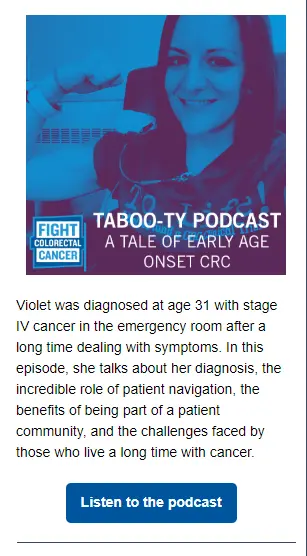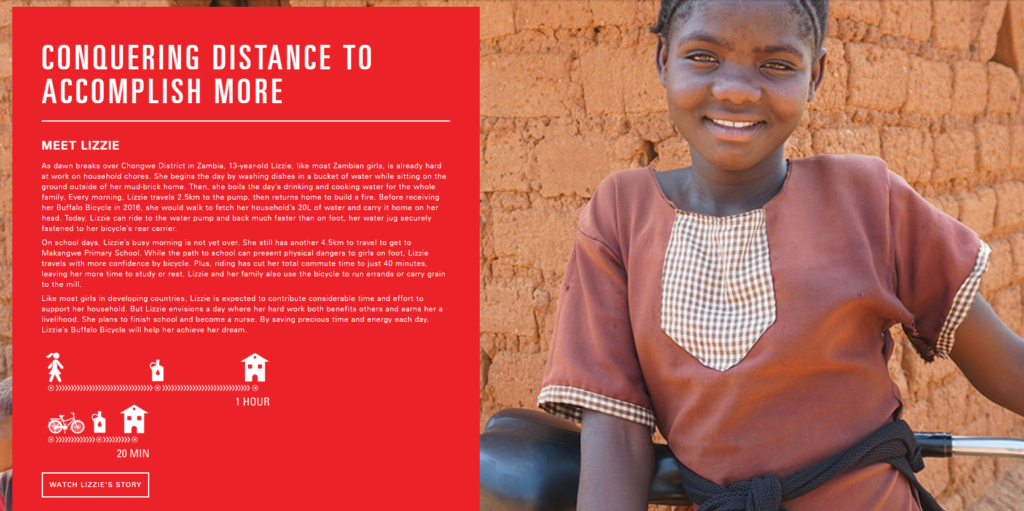You’ve probably heard that storytelling is a critical part of demonstrating your nonprofit’s impact and strengthening confidence in your mission. But even a great story might not give your supporters the full picture of what you’re trying to achieve or have already accomplished. Eliminate the guesswork by creating and using case stories, which combine one powerful story with data to demonstrate your larger impact on a community.
Through this post, we’ll walk you through what a case story is, how to create one and where you can use it to make the biggest impact on your nonprofit’s goals.
What’s a Case Story?
Case stories take a strong client story and strengthen it with relevant data. By combining emotional and informational elements, you can broaden the reach of a single story without losing the connection to the main character.
As a type of case study, case stories use one prototypical client to showcase the impact that a chosen variable can have. For nonprofits, that usually means selecting a person or family that they’ve helped to show how a service that they offer is effective. Compared to case studies, case stories have a heavier emphasis on telling the story, reinforcing it with data to provide a view of the bigger picture.
Creating a Great Case Story
As you could guess, compelling case stories rely heavily on the story you choose to focus on. So you’ll want to look for a client who has a few key qualities that will make your life much easier as you go about creating the case story.
- The person’s individual story should be representative of what you do.
- The person’s situation is similar to many of the people you help.
- You think it’s likely that this person will let you interview them and let you use their story.
- The person is comfortable talking about their situation and showing emotion as they do so.
- You could see your audience really connecting with this person and what they have to say.
This person might not represent the most dramatic influence your nonprofit has had on someone’s life, but rather a story you hear all the time and told by someone who is willing to be open with you.
Once you have a story to tell, you can go about collecting everything you’ll need to tell it.
Talk to Your Client and Use Quotes
Sit down with your subject and listen to their story, from start to finish. Even if you already know their whole story, it’s helpful to have them tell it to you again so that you can capture quotes and gather additional details to strengthen your piece.
Within the actual case story, quotes come in handy to introduce who they are, explain their previous situation and how it’s improved thanks to your organization. You can talk about a difficult situation that they were in, but it will be much more powerful coming directly from them.
Tell Their Story
Tell the complete story, from start to finish (or to the present). Through your case story, you’ll want to be sure you’re answering the following questions:
- Who are they and how did they come to you?
- How do they relate to the rest of the people you help?
- What were their goals? Similar to others you help?
- What were their needs? Similar to others you help?
- How did you meet those needs and satisfy those goals?
As you’re working through these questions, think about the best medium to tell the story, be that through a written story, video, a photo essay, an audio file or some other medium. Whichever route you take, strong photos of your subject will likely come in handy if you have the ability to take them and if the client is comfortable with you using them through your marketing.
Add Data
It’s time to connect one small story to the bigger picture of your organization’s impact. Use broad stats that work to expand this one powerful story and show how it’s applicable to your whole community.
Does your story subject use one of your programs? Add a description of the program and key data points on the use and effectiveness of the program. Is this one success story out of many? Give your supporters some context as to how many other stories like this one exist (and how many more are possible with through their generosity as donors).
Using Case Stories in Nonprofit Marketing
Case stories are great to include on the Impact page of your nonprofit website, but you can also share your new case story through other nonprofit marketing and communications efforts to get the most use out of all your hard work piecing it together.
Annual Appeal
As you’re fundraising for your annual appeal, it’s important to demonstrate your impact through personal stories as well as more broad statistics that demonstrate the breadth of your organization. Case stories are the best of both worlds! Repurpose photos and link to the case story through fundraising emails that may need a boost.
Annual Impact Report
Include a summary of the case story in your annual report. You can then link to the whole story or let people know where they can find it. Or, you could even include the entirety of the case story directly in your annual report.
To begin their 2017 Impact Report, World Bicycle Relief tells Lizzie’s story to set the scene and put a face to the global impact statistics and programs they detail through the rest of the report.
Blog
Your blog is another great option to publish your case story, especially if you already post client testimonials there. Rather than including the full case story within your Impact section, you could publish it as a blog post and then tease the case story on your Impact page with a link to the full story on the blog. This allows you to pull in your blog readers, while also featuring a powerful example of the people you help on your Impact page.
For example, Save the Redwoods League uses their blog to post personal stories from summer apprentices like this one, connecting the work of the individual apprentice back to the larger project at hand.
 Newsletter
Newsletter
You don’t need to wait for a big event or appeal to share your case story. Summarize it in your next newsletter and link to it on your website. Don’t worry, you can share it again later. But hearing news and stories like your new case story is likely a big part of why people subscribed to your newsletter in the first place.
Fight Colorectal Cancer’s monthly newsletter to patients and supporters often teases community stories and research that they compile through their blog, podcast and elsewhere on their site. For August they teased a recent case story on their podcast that connected one person’s diagnosis story with a rise in colon and rectal cancer diagnoses in young people across the country.
Social Media
Don’t be afraid to share it multiple times through your social media channels. Make sure you spread them out over time and throughout your other post content. Try using a summary, a powerful quote, and a strong statistic to switch up the content each time you post.
Within their Instagram posts, UNICEF uses inspiring photos of individual refugees they’re working to help and places them in the context of the larger situation.
The combination of powerful storytelling and data can offer a unique and personal view of your organization’s impact. Case stories can be an incredibly useful tool for introducing a new supporter to how your nonprofit helps or encouraging a seasoned donor to give again this year-end.
Has your nonprofit used case stories in your marketing? What did the creative process look like for you? How and where did you share your case story with supporters? It would be great to hear from you in the comments!



Comments